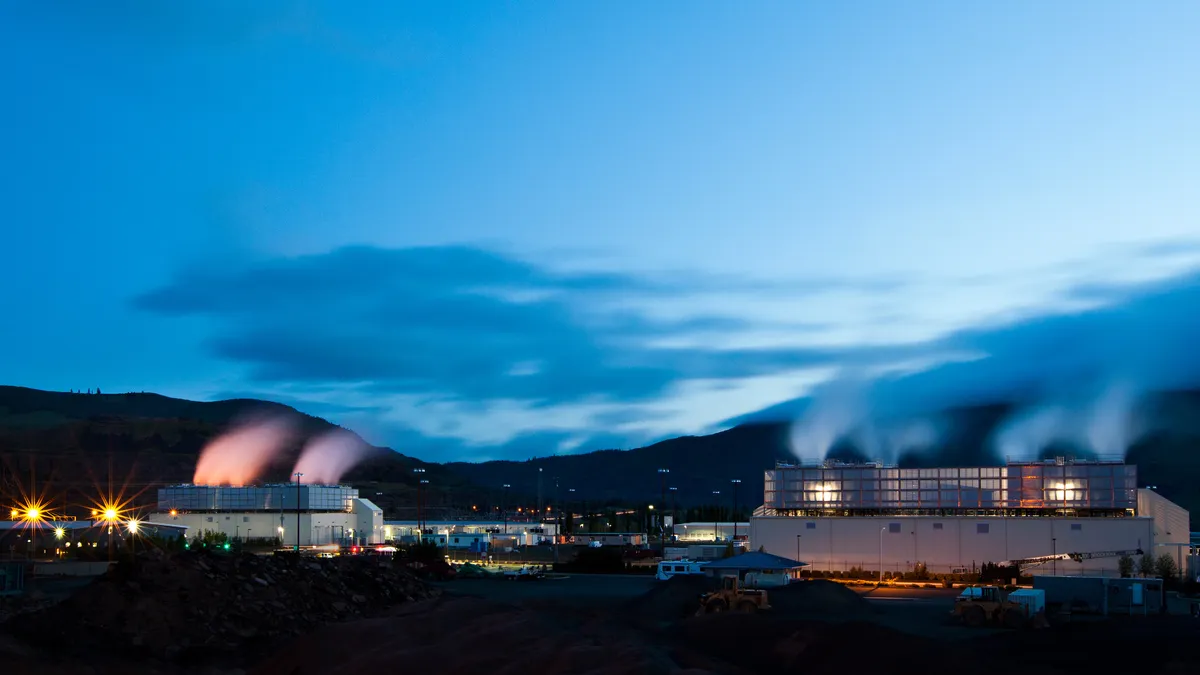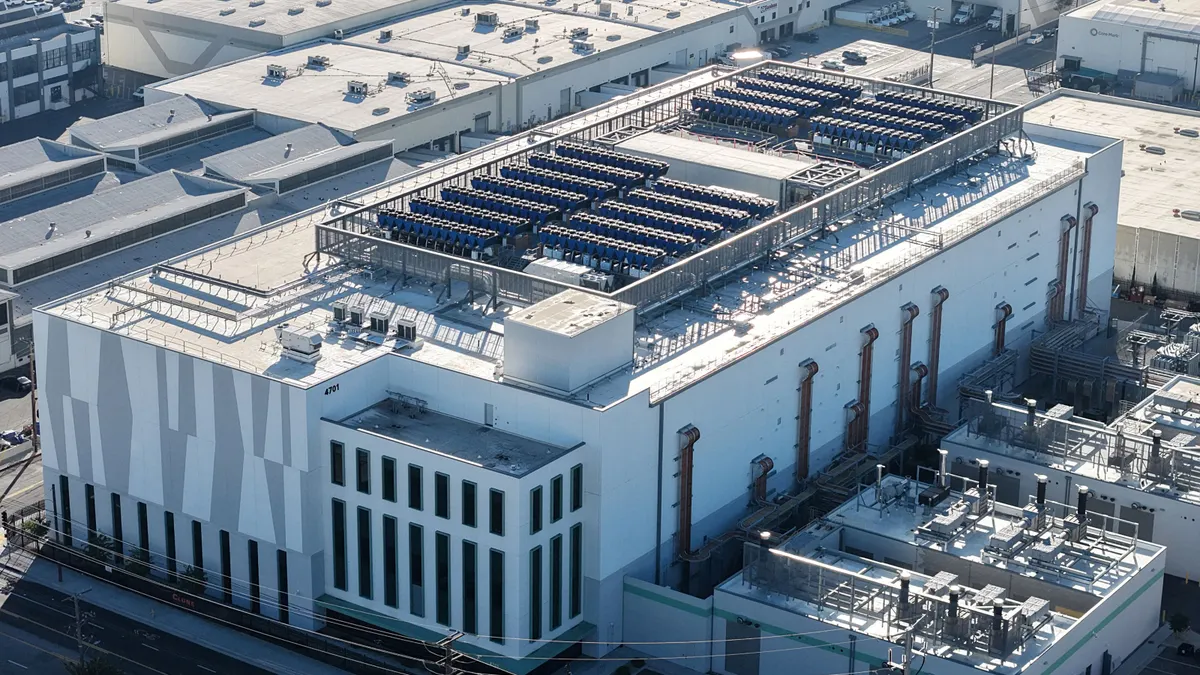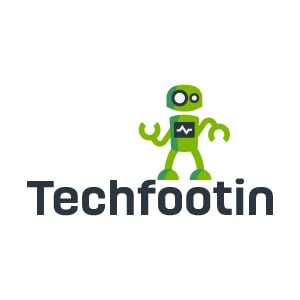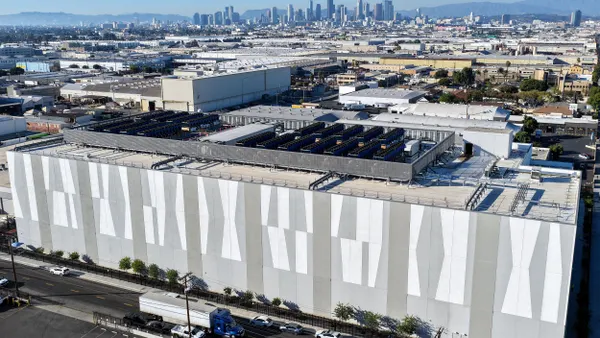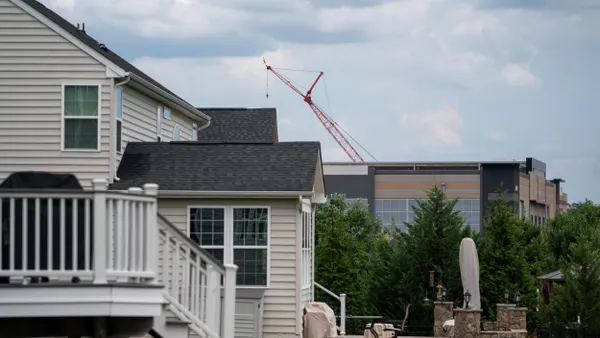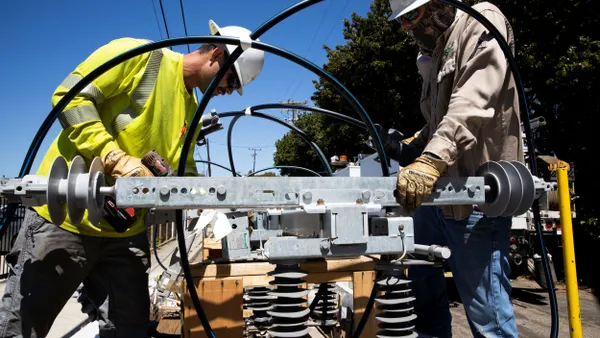Dive Brief:
- Portland General Electric has freed up more than 80 MW for data center interconnections next year using a new, artificial intelligence-enabled flexibility tool, the utility said Oct. 8.
- PGE partnered with the California-based startup GridCARE, which uses AI, detailed hourly demand modeling and optimized flexible resources like batteries and onsite generators to find spare capacity. The added flexibility allows PGE “to interconnect multiple data center customers years earlier than initially expected,” the companies said.
- “We are taking tools that have been in use for many years, that are well understood and well utilized … and moving them into the [grid] planning space,” GridCARE CEO Amit Narayan said in an interview. “In doing that, we realized we could open up quite a bit of capacity.”
Dive Insight:
PGE’s territory includes the Portland suburb of Hillsboro, long a global hub for chipmaker Intel. More recently, Hillsboro developed into a major data center hub thanks to its position at the mouth of an undersea fiber highway connecting North America and Asia, said Larry Bekkedahl, PGE’s senior vice president of strategy and advanced energy delivery.
Bekkedahl said Hillsboro alone has 800 MW of data center capacity operating today on a grid with a total system load of about 4.5 GW. PGE has around 3 GW of active data center load requests, more than 400 MW of which could energize by 2029, he added.
Bekkedahl said data centers eager to hook up to the transmission-constrained Pacific Northwest grid are coming to the realization that more onsite or nodal flexibility can speed up the process. That’s a big change from just a few years ago, when data centers presented as flat, round-the-clock loads that could push the system to its limits during the five or 10 days each year when demand peaks.
“We’d say to them, if that’s what you need, you’re going to have to wait until the transmission’s built… and so they realize they can flex themselves in our queue to get hooked up sooner,” he said.
The steady deployment of batteries, onsite generation and microgrids over the past decade has “created an opportunity that was not available to planners previously,” said Narayan, who founded and led virtual power plant platform AutoGrid before Uplight acquired it in 2023. Customers tend to use those resources for reliability and price hedging rather than mitigating strain on the grid, he said.
With electricity demand rising and speed to power top of mind for data center developers and tenants, Narayan said the moment for solutions like GridCARE’s has arrived. Every megawatt of additional capacity adds $30 million to $40 million in value for large data centers, he said.
And because the U.S. takes longer to build energy infrastructure than its principal geopolitical competitor, there’s a national security dimension to getting more out of the existing grid as well, he said.
“The U.S. is ahead in chips and algorithms, but the speed at which things are getting built in China and other places puts us at risk,” Narayan said.
Bekkedahl cautioned that grid flexibility can’t on its own address the challenges posed by headline-grabbing hyperscale AI data center proposals, which envision gigawatts of concentrated computing capacity. Former Energy Secretary Rick Perry’s Fermi America project, for example, has said it will deploy 11 GW of AI compute and energy infrastructure to support it in northwest Texas. Meta has more advanced plans for a data center in Louisiana that Entergy has said may require up to 2.2 GW of power.
“We do not solve the 2-GW data center problem,” he said.
But Bekkedahl said GridCARE’s tools gave PGE confidence to bring on data center loads ranging from 50 MW to 500 MW. It helped the utility and data centers work together to ramp up load and service in parallel and develop operational parameters for service agreements as new computing capacity came online, he said.
Narayan said it meant a lot that PGE took a chance on GridCARE. Famously risk-averse utilities like to see proof of concept before investing in non-wires alternatives, so this first real-world project is a big boost, he said. The grid tech company was developed out of the Stanford Sustainability Accelerator program.
“Once we show this can be done, it opens up a lot of opportunities in other places,” he said. “If we can get more from our existing infrastructure, that is helpful to all consumers using that infrastructure.”


